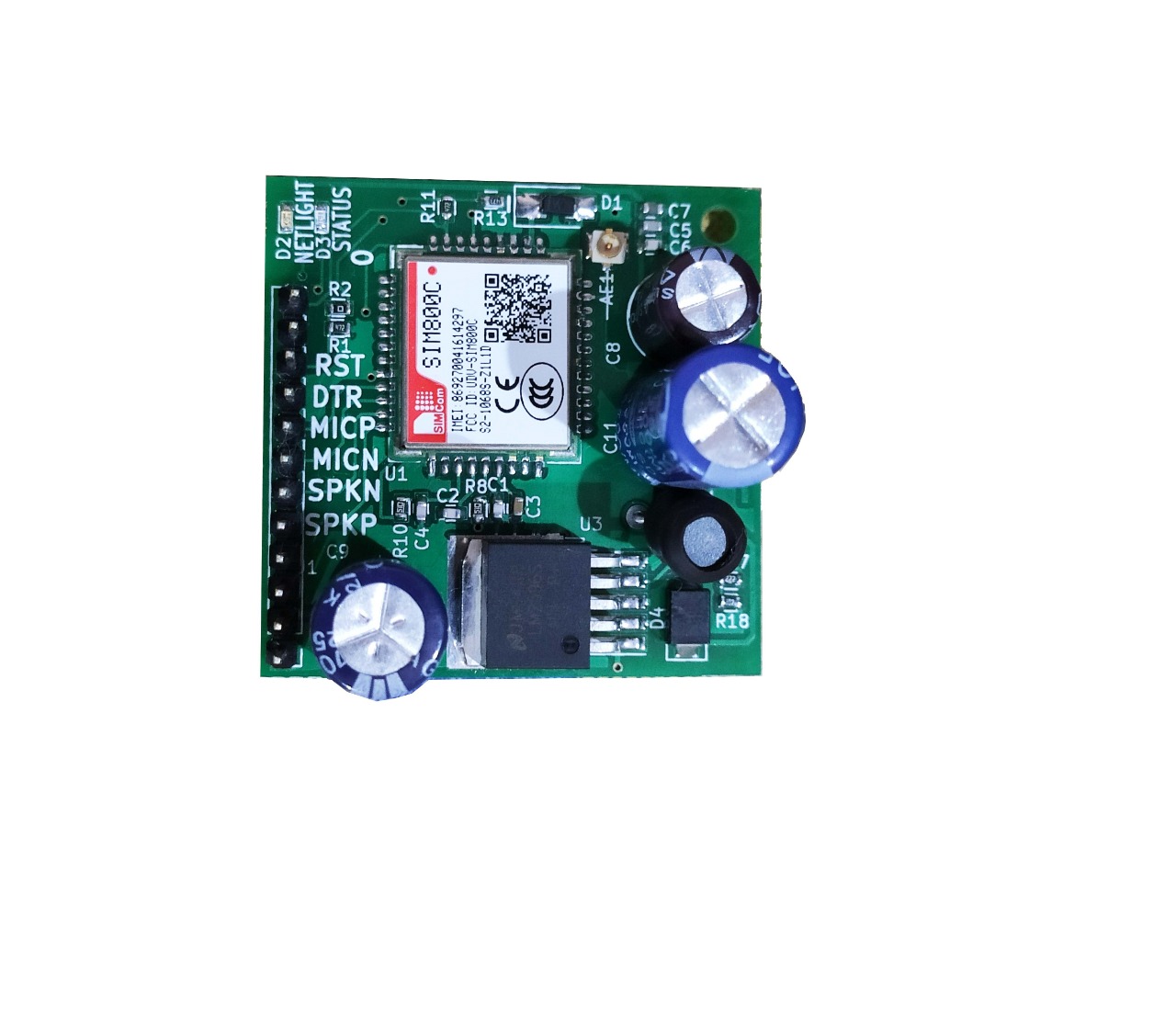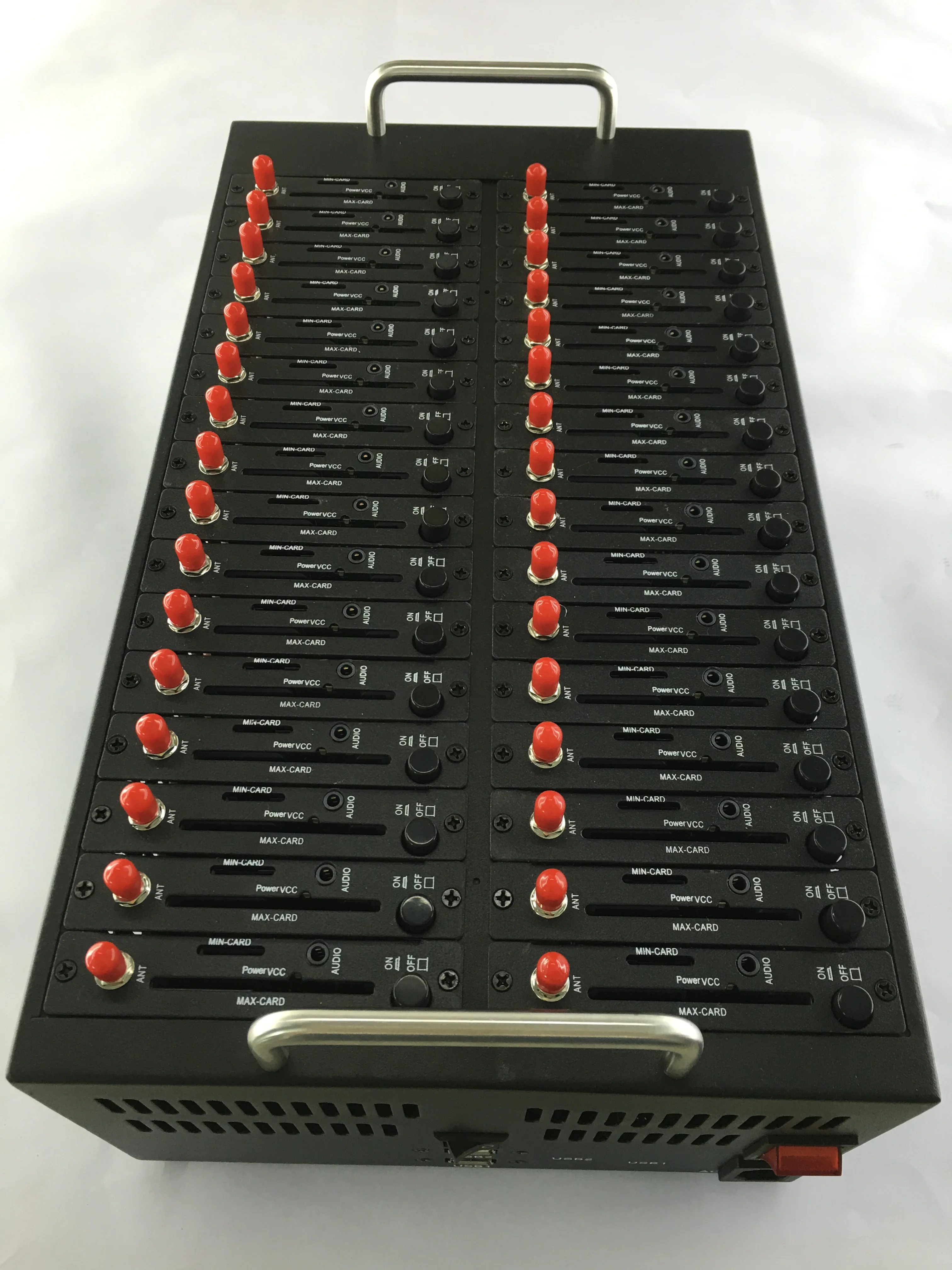

Smartphones from AT&T and T-Mobile are GSM-compatible since both carriers use GSM technology like most of the rest of the world. Every wireless carrier sells devices that are compatible with its network band. As previously stated, different carriers support different bands. However, carrier-locked devices are usually associated with a particular network band.

So, for example, if you bought your phone direct from Samsung or Apple, chances are it supports both. Where Did You Buy Your Device?ĭevices bought directly from manufacturers commonly support both CDMA and GSM for better compatibility. If you see both, that means your phone supports both GSM and CDMA networks. If your phone has a MEID or ESN number, it uses CDMA, and if it has IMEI, it uses GSM. In the About (iOS) or Status (Android) page, scroll down and check for a MEID, ESN, or IMEI number. Keep in mind that precise steps will vary from device to device on Android due to the fragmented nature of the OS.

You can also check by digging through the Settings app on an Android or iOS device. That said, the advent of eSIM changes things again, which is why checking for a SIM slot isn't a reliable option. But if your device doesn't have a SIM card slot, it uses CDMA. However, with the advent of 4G and 5G networks, many smartphones have SIM cards, so it's no longer an efficient method. CDMA phones don't need a SIM card since the phone number is linked to the device itself. GSM phones had a SIM card slot while CDMA phones didn't. In the old days, one of the easiest ways to tell the type of band supported by a phone was whether it had a SIM card slot or not.


 0 kommentar(er)
0 kommentar(er)
